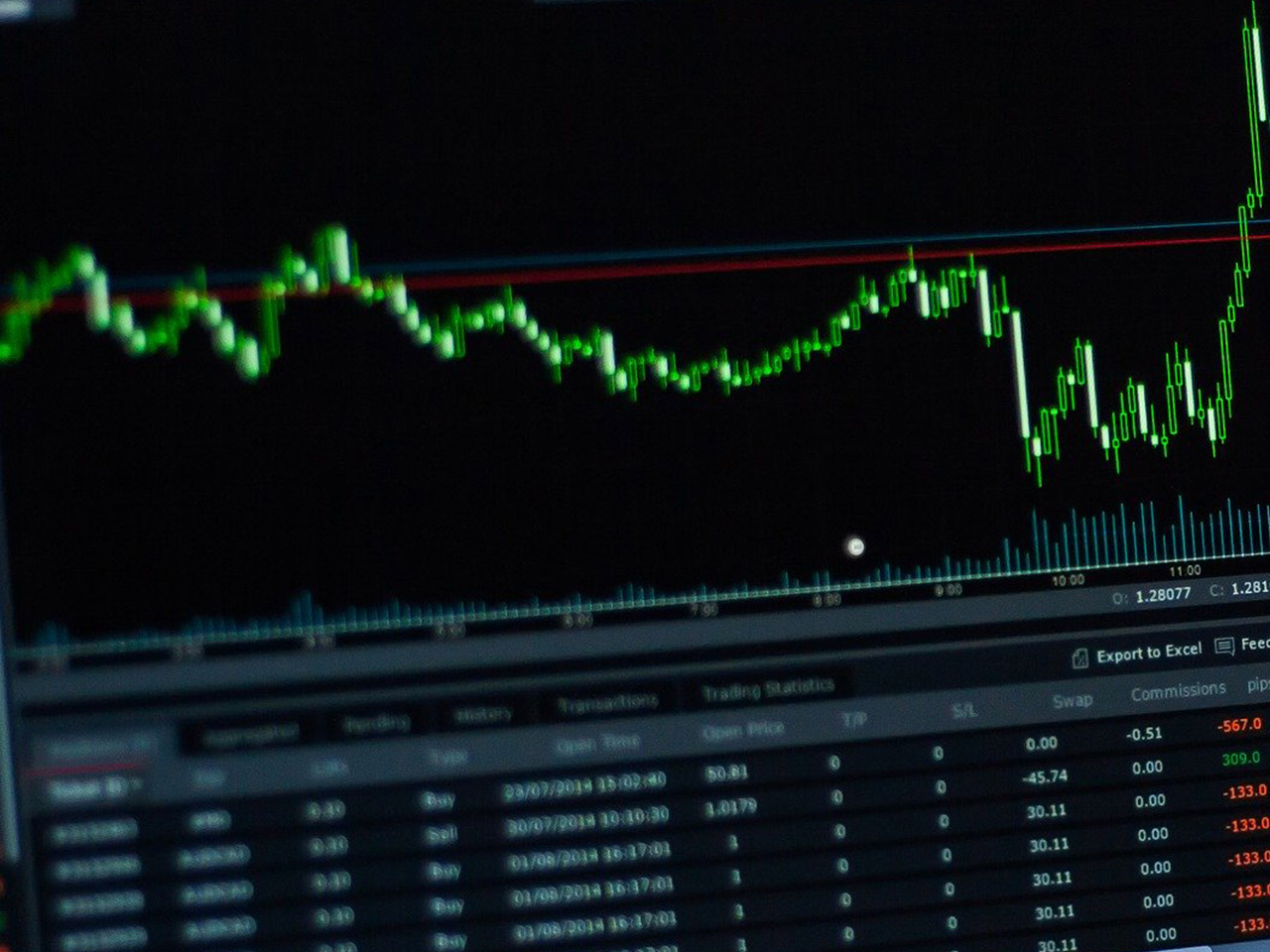BP PLC, trading under the ticker BP.L, stands as a titan in the Energy sector, specifically in the Oil & Gas Integrated industry. Headquartered in London, this British multinational has a storied history dating back to its founding in 1908. Today, BP is renowned not only for its traditional oil production but also for its pioneering strides in low carbon energy solutions. As the global energy landscape evolves, BP’s diversified approach positions it uniquely to capture emerging opportunities.
BP’s current share price of 421.4 GBp reflects a modest increase of 0.02% from the previous trading session. The stock has navigated a 52-week range between 331.70 GBp and 468.75 GBp, indicating a moderate level of volatility. Investors might find this price movement intriguing, especially in light of BP’s strategic focus on transitioning towards a more sustainable energy portfolio.
Valuation metrics present a mixed picture. The absence of a trailing P/E ratio and PEG ratio, coupled with a forward P/E of 853.57, suggests that BP’s current earnings do not fully capture its future growth potential. The lack of price/book and price/sales ratios further underscores the complexity in valuing an integrated energy company amid a transformative industry phase.
Performance metrics reveal challenges in revenue growth, which has experienced a decline of 1.30%. Nevertheless, BP’s ability to generate a free cash flow of over £9.3 billion highlights robust financial health, which is critical for funding its ambitious energy transition projects. While the return on equity stands at a modest 2.05%, it is the strategic reinvestment of profits that could drive future returns.
BP’s dividend yield of 5.82% is an attractive feature for income-focused investors. However, the payout ratio of 754.09% raises sustainability concerns, suggesting that BP may be relying heavily on its cash reserves or other financial strategies to maintain such a yield. Investors should consider the implications of this on long-term dividend reliability.
Analyst ratings show a cautious optimism towards BP, with 5 buy ratings, 13 hold ratings, and a single sell rating. The average target price of 434.15 GBp indicates a potential upside of 3.03%, aligning with the stock’s technical indicators. The RSI of 19.69 suggests the stock is oversold, which could present a buying opportunity for those with a bullish outlook on BP’s strategic initiatives. Moreover, the MACD and Signal Line figures point towards potential price momentum shifts.
BP’s commitment to integrating low carbon solutions alongside its traditional operations is pivotal. The company’s investments in solar, wind, hydrogen, and carbon capture technologies are not only environmentally conscious but also economically promising as the world leans towards greener energy sources. This dual approach of maintaining oil production while expanding renewable capabilities allows BP to hedge against fossil fuel volatility and capitalise on the growing demand for clean energy.
In crafting investment strategies around BP, investors should weigh the company’s innovative potential against the inherent risks of sectoral transitions. BP’s market cap of $65.21 billion reflects its scale and influence, but also the challenges it faces in balancing legacy operations with future-ready initiatives.
As BP navigates these complex market dynamics, its ability to adapt and lead in both traditional and emerging energy markets will be crucial. For investors, BP represents a blend of conventional energy stability and cutting-edge innovation, making it a compelling consideration in an energy-focused portfolio.









































